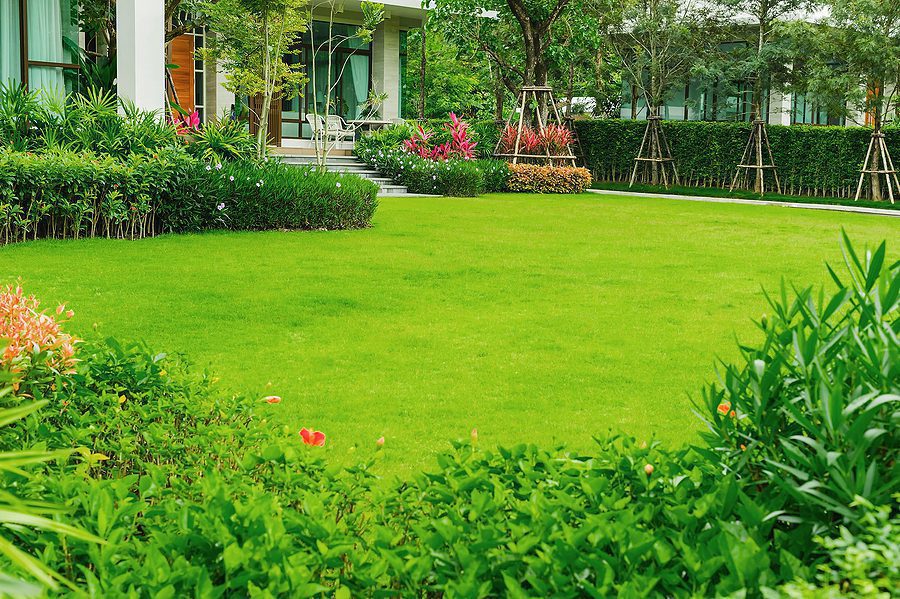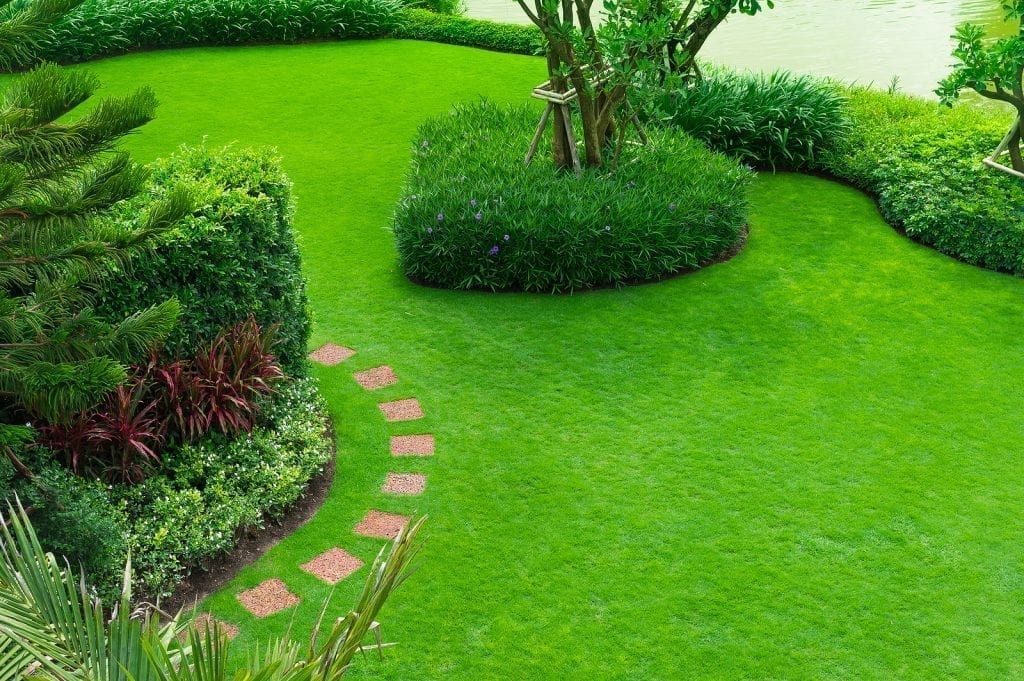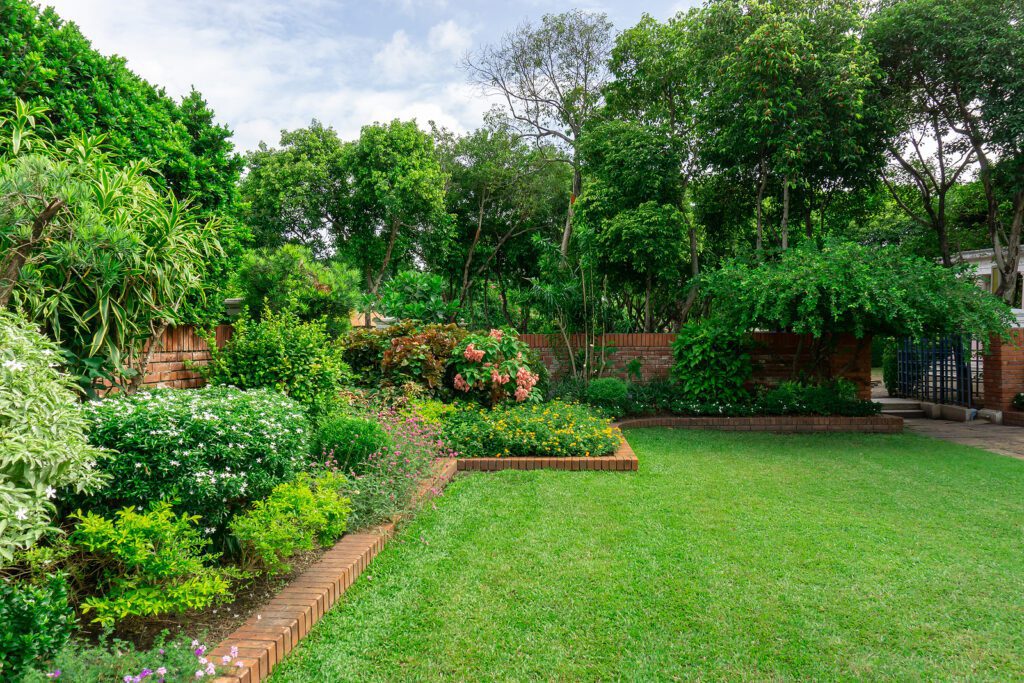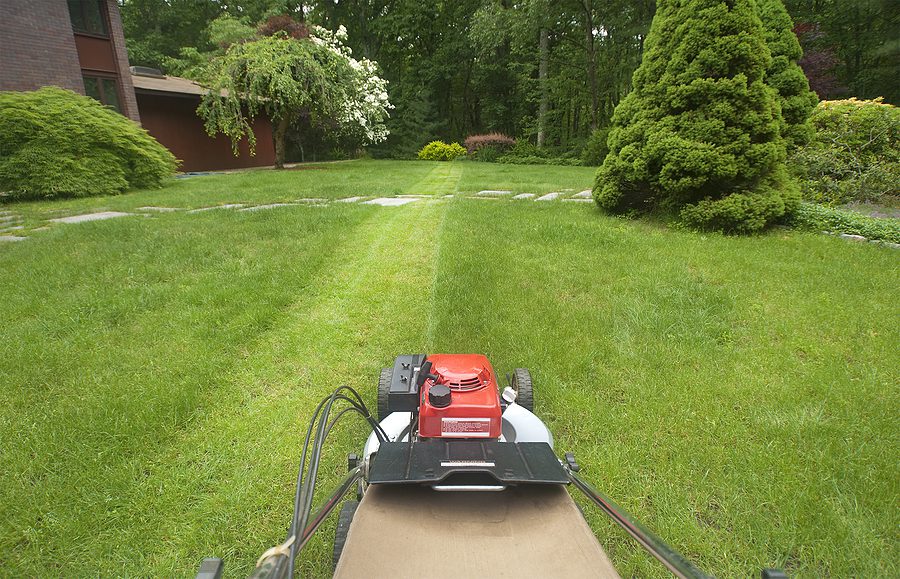Albuquerque Lawn Care No-No’s – The Ultimate List Part One
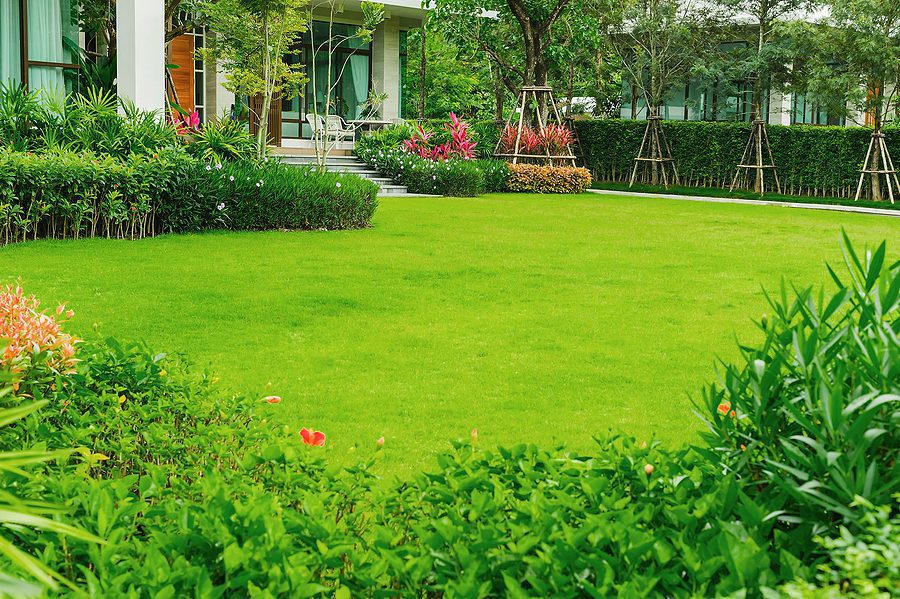
Albuquerque lawn care done right means using the right type of grass seed, doing lawn maintenances on a regular basis and other basic up upkeep tasks regularly. Making certain to not do things that will harm the lawn or not keep up with maintenance is just as important. Here are several no-no’s to know for the proper Albuquerque lawn care and maintenance.
The Wrong Grass Should Not Be Planted
Choosing the correct turfgrass for your area is essential to a beautiful lawn. In the summer, certain grasses can resist the dryness, while others can withstand the cold. Warm-season grasses like Bermudagrass, centipede grass, and others thrive in locations with a lot of sunshine. Planting Kentucky bluegrass and red fescue in the north will be successful.
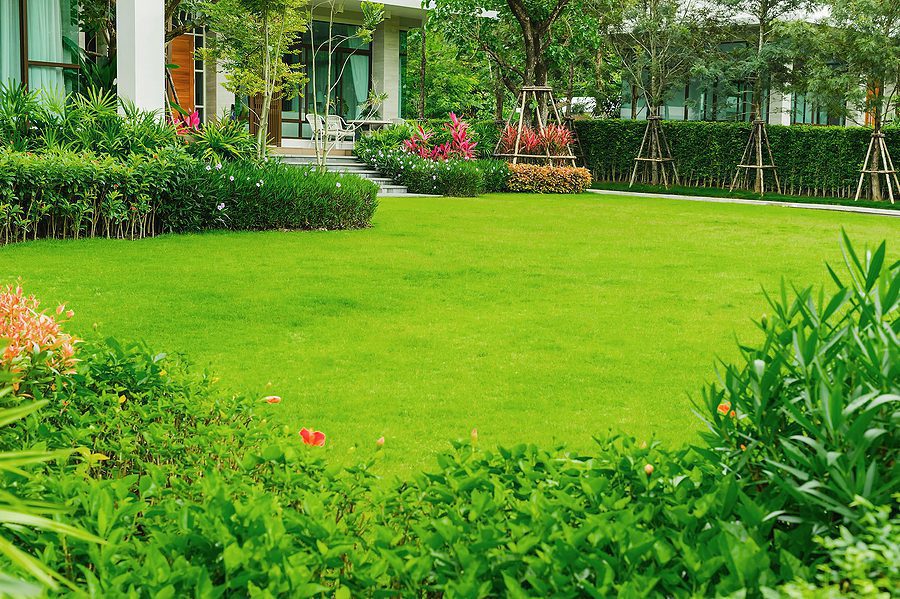
Keep Grass Clippings in Place
Isn’t thatch an issue if you leave grass clippings on the lawn after you mow? Nope! This is a fabrication. Grass cuttings are proving to be beneficial to the health of your property. As a result, you’ll be able to spend less time mowing.
Insist on Scheduled Lawn Aeration
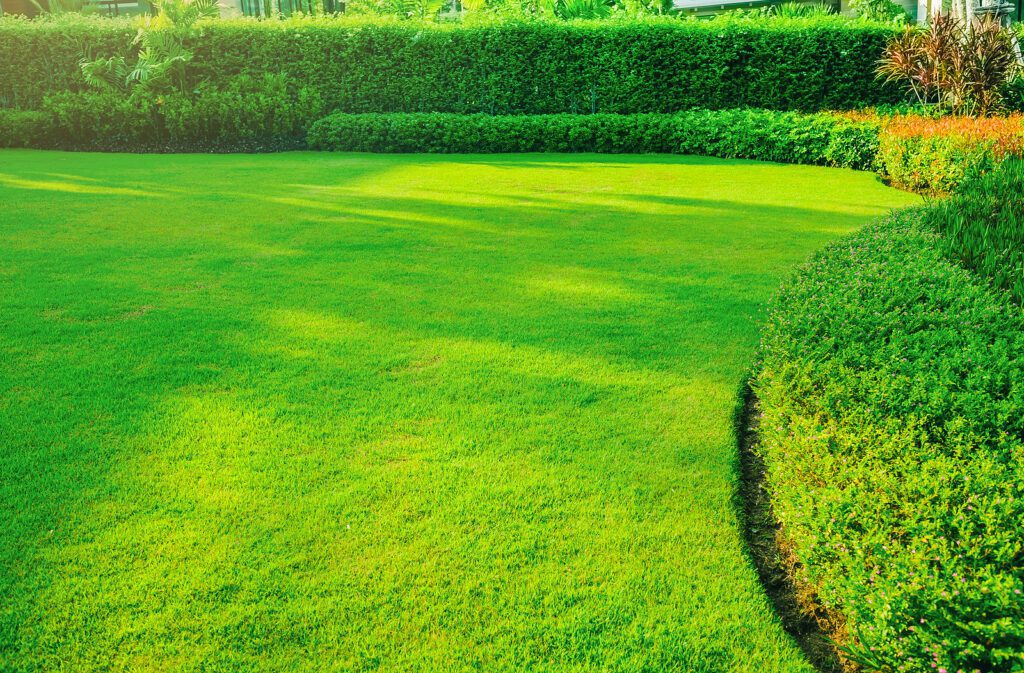
Sodded or seeded, most lawns have a thin layer of dirt over which they are planted. Lawn mowers, pets, and backyard football games contribute to soil compaction, making it more difficult for air, water, and other essential nutrients to reach the plant roots.
In this assignment, you must return your lawn’s healthy soil conditions. Rent a power core aerator to loosen and aerate the soil. Several hardware and garden retailers and rental companies carry them.
Use a Sharp Mower Blade Instead of a Dull One

Raking the grass instead of cutting it cleanly strains the plants because dull mower blades rip through them. The top layer is usually brown when the grass is cut with a flat knife. Get down on your hands and knees to see the damage to your grass. To maintain your lawn looking its best, sharpen your mower blade every season.
Don’t Water Every Single Day!
Did you realize that excessive watering of your grass might lead to dependency and dependency? Deep watering improves the health of your grass and makes it more resistant to drought. Pick a day once a week to water the grass for an hour instead of 15 minutes as you would typically do.
Dethatching Should Not Be Ignored
It is a term used to describe an accumulation of decaying plant material such as grass stems, root fragments, clippings, and other waste on the soil surface. Thatch buildup may cause your lawn’s lack of health and vitality. Eventually, it can suffocate your grass to death. Excessive thatch buildup is typical in lawns that have been over-fertilized or over-watered and have never been aerated. If a layer of 3/4-in. If more thatch is present, water and nutrients will be unable to penetrate the soil, increasing the need for pesticides (imagine a thatched roof). Cut a piece of grass open. You should act if the thatch is more significant than 3/4-inch thick.
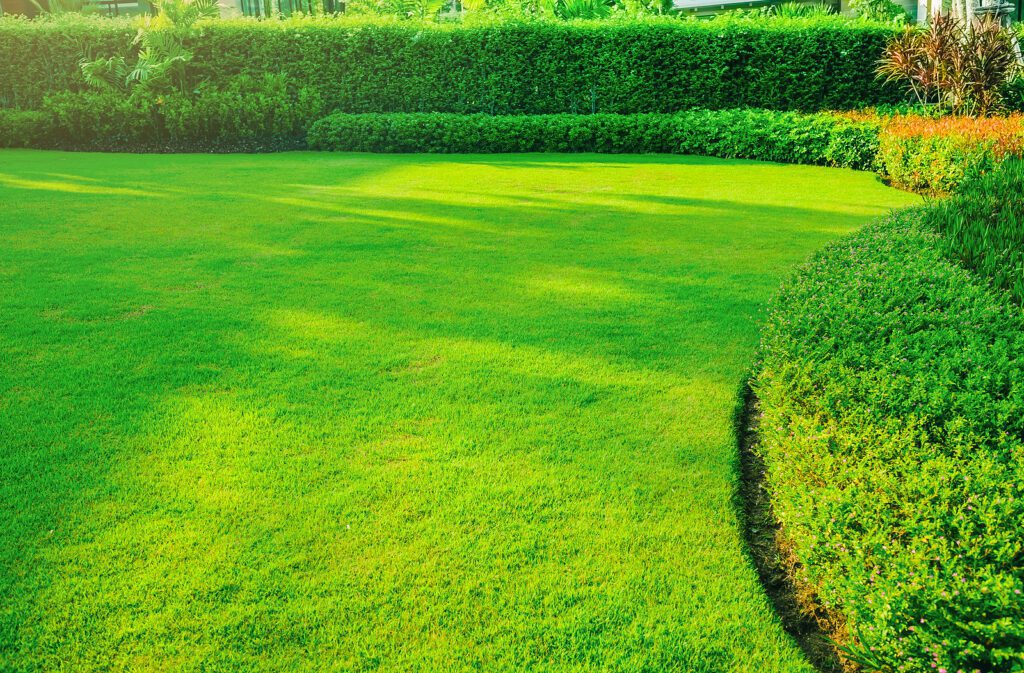
Be persistent in shady neighborhoods
Choosing the correct shade grass species and planting strategy for your area is one of the keys to success in growing grass beneath shade trees. Seed is a better option than sod in cool-season settings. The sun-loving grasses used to grow sod thrive in the wide-open areas where it is cultivated. Shady Northern zones benefit from red and tall fescues. You may get shade-tolerant grass seed mixtures at garden centers. Establishing cool-season grasses in shaded places is best done in late summer and early spring.
Don’t Apply More Fertilizer to Shallow Areas.
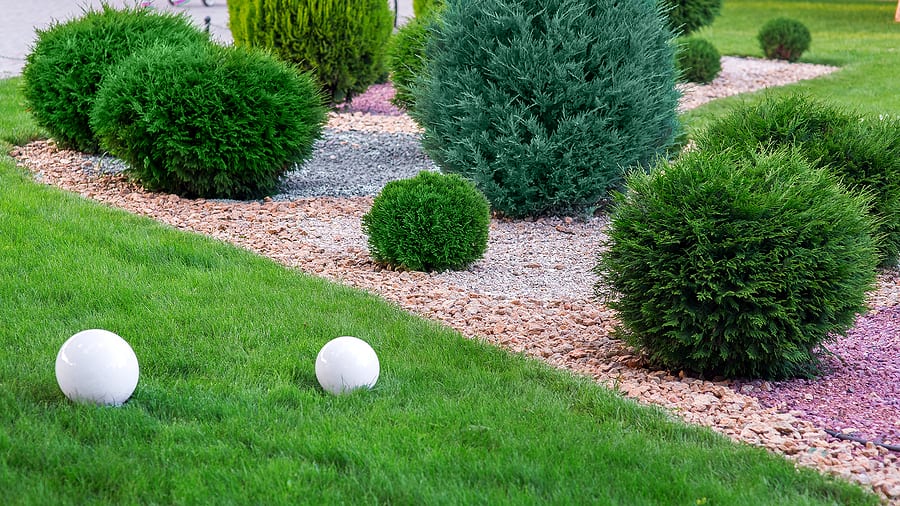
Because the grass isn’t doing well, people tend to over-fertilize shaded places. But that only makes it die more quickly! So, most individuals have two lawns: one with direct sunlight all day and another with a shade that only receives two to four hours of daylight each day. The amount of water and fertilizer they require varies. When you’re in the shade, adjust the spreader settings to distribute roughly half the quantity. Grass in shaded areas needs less water and fertilizer since it doesn’t grow as fast.
Check the Moisture Content of the Soil Often
To figure out how long it should take to water, it’s common to practice putting a pie pan out in the yard and how long it takes to fill halfway. A more precise procedure that considers soil conditions is preferred by specialists. It takes longer for heavier soil to soak up water than loose or sandy soil. Therefore, it requires more watering.
Set up your sprinkler and timer for 30 minutes after a long period of warm, dry weather (dry soil is essential). Check the soil’s moisture level by turning off the water supply. Shovel the lawn and tip it forward to see what’s beneath. Behold the water’s impressive depth. Wetter soil will have a deeper color. Sprinklers should be run until three to four inches of soil are moistened. Restart watering if necessary, and track how long it takes each time. After 15 minutes, come back and check. To find the ideal amount of time to water your soil, you’ll need to experiment.
